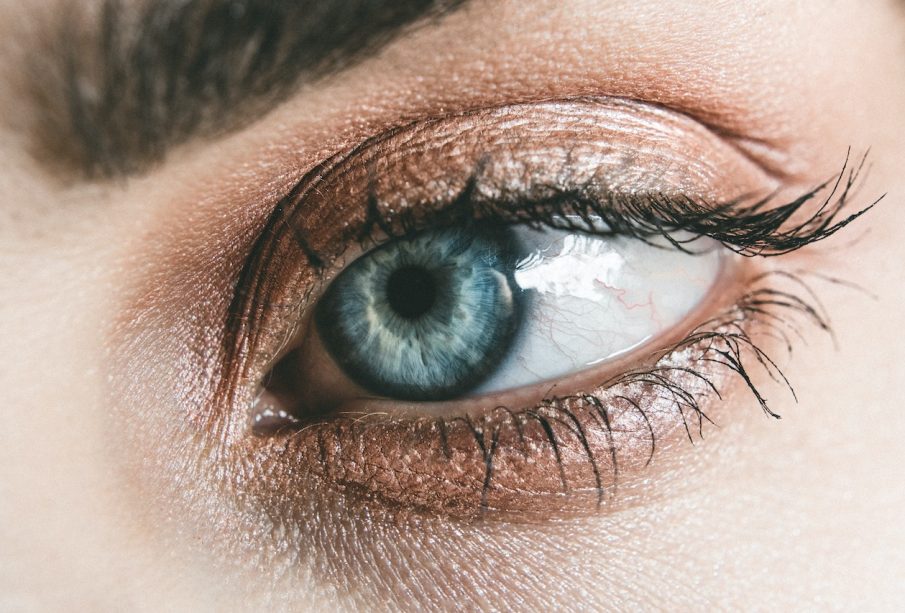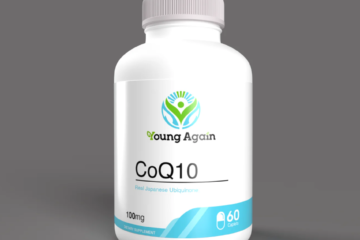Everything You Need To Know About The Most Common Eye Diseases And Treatments

Eye diseases are a common and serious condition that affects people of all ages. From glaucoma to macular degeneration, understanding the symptoms and treatments for eye diseases is essential for maintaining good vision.
In this blog post, we’ll cover everything you need to know about the most common eye diseases and treatments available. We’ll discuss the symptoms of each disease, as well as diagnostic tests that can be performed to diagnose them. We’ll also look at some of the more progressive, modern treatments available and how they can help improve your vision and quality of life.
Visit our page to check some facts about Eyes: celebrities with sanpaku eyes
What are the most common eye diseases?
The most common eye diseases are:
-Age-related macular degeneration (AMD)
-Cataracts
-Glaucoma
-Diabetic retinopathy
Each of these diseases can lead to vision loss or blindness if left untreated. Age-related macular degeneration is the leading cause of blindness in adults over the age of 50. Cataracts are the most common cause of vision loss in adults over the age of 40. Glaucoma is the second leading cause of blindness in adults and the primary cause of irreversible blindness in African Americans. Diabetic retinopathy is a leading cause of blindness in American adults.
What are the symptoms of these diseases?
The most common symptoms of eye disease are: blurred vision, difficulty seeing at night, trouble seeing colors, and loss of peripheral vision. Other symptoms include: pain in the eye, redness or swelling of the eye, discharge from the eye, and increased sensitivity to light. If you experience any of these symptoms, it is important to see an ophthalmologist for a comprehensive eye exam.
There are a few different types of eye diseases, each with their own set of symptoms. Here are the most common ones:
-Age-related macular degeneration: This disease affects the central part of the retina, causing blurriness and blind spots. Symptoms typically develop slowly and get worse over time.
-Cataracts: This eye condition causes the lens to become clouded, making objects appear blurry or fuzzy. Cataracts usually develop gradually and can eventually lead to blindness.
-Glaucoma: This is a group of eye disorders that damage the optic nerve, which carries information from the eye to the brain. It can cause vision loss and blindness if left untreated. Symptoms include pain in the eyes, headaches, and nausea.
-Diabetic retinopathy: This disease occurs when high blood sugar levels damage the blood vessels in the retina. It can lead to vision loss or even blindness if left untreated. Symptoms include blurred vision and floaters (tiny specks that seem to float in your field of vision).
How are they treated?
Age-related macular degeneration (AMD) is the leading cause of blindness in people over the age of 50. There are two types of AMD: dry and wet. Dry AMD is the most common type, accounting for about 80 to 90 percent of all cases. Wet AMD is less common but more serious, accounting for 10 to 20 percent of all cases.
There is no cure for either type of AMD, but there are treatments that can help slow down its progression and preserve vision. For dry AMD, treatment typically involves taking supplements of vitamins A, C, and E, as well as zinc. In some cases, your doctor may also recommend laser therapy or injections of anti-VEGF medications.
For wet AMD, treatment typically involves injections of anti-VEGF medications directly into the eye. These injections help to prevent new blood vessels from forming and leaking fluid into the retina. In some cases, your doctor may also recommend laser surgery or radiation therapy.
You know about a trending category of eyes. If not then click here to know some famous please people’s eyes stories: Celebrities with Sanpaku Eyes
Are there any home remedies?
There are a number of home remedies that can help improve the health of your eyes and vision. These include:
1. Eating a healthy diet: A diet rich in fruits and vegetables is good for your overall health, including your eyes. Foods such as carrots, sweet potatoes, spinach, and kale contain nutrients like beta-carotene and lutein that are beneficial for eye health.
2. Wearing sunglasses: Sunglasses protect your eyes from harmful ultraviolet (UV) rays from the sun. They can also help reduce glare and eye fatigue.
3. Exercising regularly: Exercise helps improve blood circulation throughout your body, including to your eyes. It also reduces stress levels, which can impact eye health.
4. Quitting smoking: Smoking is detrimental to overall health, including eye health. It increases the risk for conditions such as macular degeneration and cataracts. If you smoke, quitting is one of the best things you can do for your eyesight.
Prevention
Eye diseases can often be prevented by visiting your eye doctor regularly and getting timely treatment for any existing conditions. Some tips to prevent common eye diseases include:
-Wear sunglasses or protective eyewear when outdoors to shield your eyes from harmful UV rays.
-Quit smoking or avoid exposure to secondhand smoke, as this is a major risk factor for developing macular degeneration.
-Eat a healthy diet rich in antioxidants, which can help protect your eyes against cataracts and other degenerative conditions.
-Exercise regularly to improve blood circulation and overall health.
Most eye diseases are preventable through regular eye exams and early detection. Many common eye diseases, such as glaucoma, diabetic retinopathy, and macular degeneration, have no early symptoms. An eye exam can detect these diseases in their early stages, when they are most treatable.
Wearing sunglasses or contact lenses with UV protection can help prevent cataracts and other age-related vision problems. Quitting smoking and controlling diabetes are also important preventive measures for maintaining healthy eyes.










